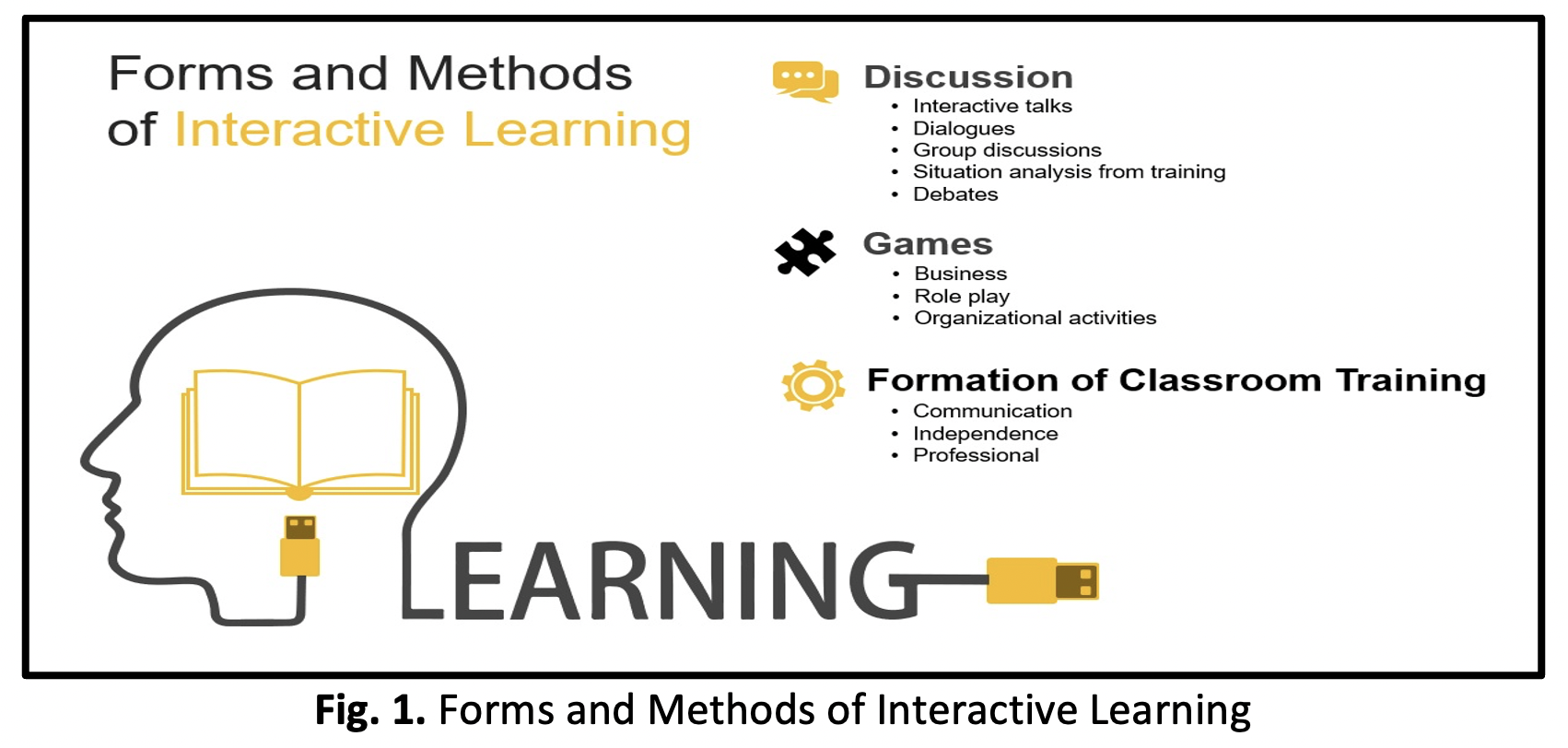Covid 19: Implementation of Digital Interactive Teaching and Learning (Ditl) in the ‘Statistics for Social Science’ Course
DOI:
https://doi.org/10.37934/araset.29.1.129141Keywords:
Interactive digital teaching and learning, COVID-19, student, lecturer, assessmentAbstract
The spread of COVID-19 has drastically changed the community's norms or lifestyles, including public or private servants working from home (WFH). WFH also occurs among staff at the school and university. All students and educators were encouraged to continue their teaching and learning sessions online. The lecturers had to continue teaching and learning (T&L) at the university level via e-learning or electronic learning, including calculation courses such as statistics. At UUM, the ‘Statistics for Social Science’ course is one of the courses offered for social science students, and it is a compulsory subject. Most students have studied statistics courses in high school, and some are not interested in the calculation course, particularly when it becomes a compulsory course at the university level. University management introduced various methods to ensure the lecturers and students can fulfil their roles in teaching and learning. Therefore, universities introduced DITL through online workshops and training for lecturers and students. This study aims to examine the effectiveness of DITL on students of the 'Statistics for Social Sciences' course during COVID-19. The methods used are descriptive statistics, Pearson correlations, and regression analysis. The results were found moderately effective based on a mean score of 3.53. The Pearson correlation results show a positive and significant relationship between Course Delivery (lecturers’ delivery, course assessment, and course content) and DITL. The descriptive analysis result of DITL confirms the results. Based on the result of simple regression analysis, it shows that Internet Speed affects the DITL and H null failure to accept. In conclusion, DITL can be continued during the COVID-19 pandemic as it aligns with the advancement of information and communication technology (ICT). Therefore, ICT in teaching and learning has been implemented as well as possible, even during COVID-19.Downloads
Download data is not yet available.

Downloads
Published
2022-12-29
Issue
Section
Articles



























